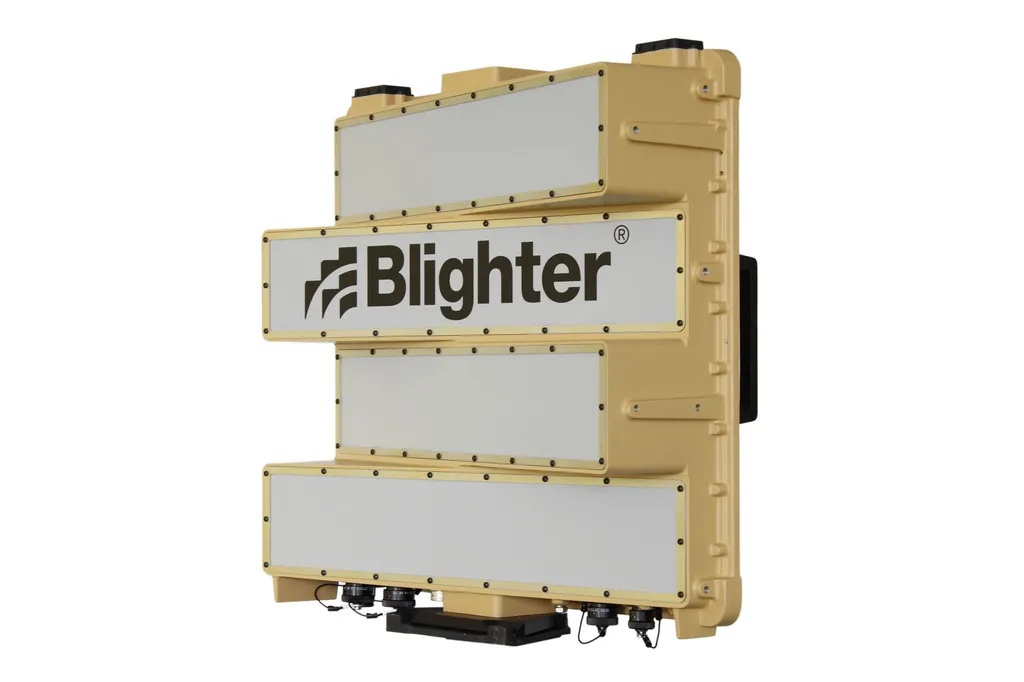Researchers from the Defence Science and Technology Group (DSTG) have demonstrated the potential of high-frequency (HF) radar for space surveillance, offering a cost-effective and efficient alternative to traditional high-frequency radar systems. In a recent study, the team, led by Brendan Hennessy, explored the capabilities and challenges of HF radar in tracking objects in low-Earth orbit, with promising results from the SpaceFest trials.
The study highlights the advantages of HF radar, particularly its ability to match the detection performance of larger, higher-frequency systems using a compact, deployable design. This makes HF radar an attractive option for wide-area surveillance, especially in scenarios where rapid deployment and mobility are crucial. The researchers emphasised that while HF radar presents unique challenges, such as range-Doppler coupling bias and interference from meteor returns, these can be mitigated through advanced signal processing and data fusion techniques.
One of the key innovations presented in the research is the use of multiple passes to refine orbital estimates. By integrating measurements from successive radar passes, the team achieved accurate orbit determination, demonstrating the system’s potential for real-time tracking and cueing of other space surveillance sensors. This capability is particularly valuable in scenarios where continuous monitoring of space debris or adversarial satellites is required.
The SpaceFest trials, conducted by the DSTG, provided real-world validation of these concepts. The HF space surveillance radar successfully demonstrated its ability to perform wide-area surveillance, tracking, and orbit determination in real time. These results suggest that HF radar could play a significant role in future space domain awareness efforts, offering a flexible and scalable solution for monitoring low-Earth orbit.
The research also addresses the challenges of ionospheric correction, which is critical for maintaining the accuracy of HF radar measurements. The team developed methods to account for ionospheric effects, ensuring that the radar’s performance remains reliable even in dynamic ionospheric conditions. This is particularly important for military and defence applications, where environmental factors can significantly impact sensor performance.
Overall, the study underscores the potential of HF radar as a versatile tool for space surveillance. By leveraging advanced signal processing, data fusion, and ionospheric correction techniques, the DSTG team has shown that HF radar can provide accurate and reliable tracking of objects in low-Earth orbit. As space becomes an increasingly contested domain, the ability to deploy cost-effective and mobile surveillance systems will be crucial for maintaining situational awareness and ensuring national security. Read the original research arXiv here.

